Cost-Effective Electric Heating - How to Find the Best Option
By Editorial Team
Updated on July 23, 2025
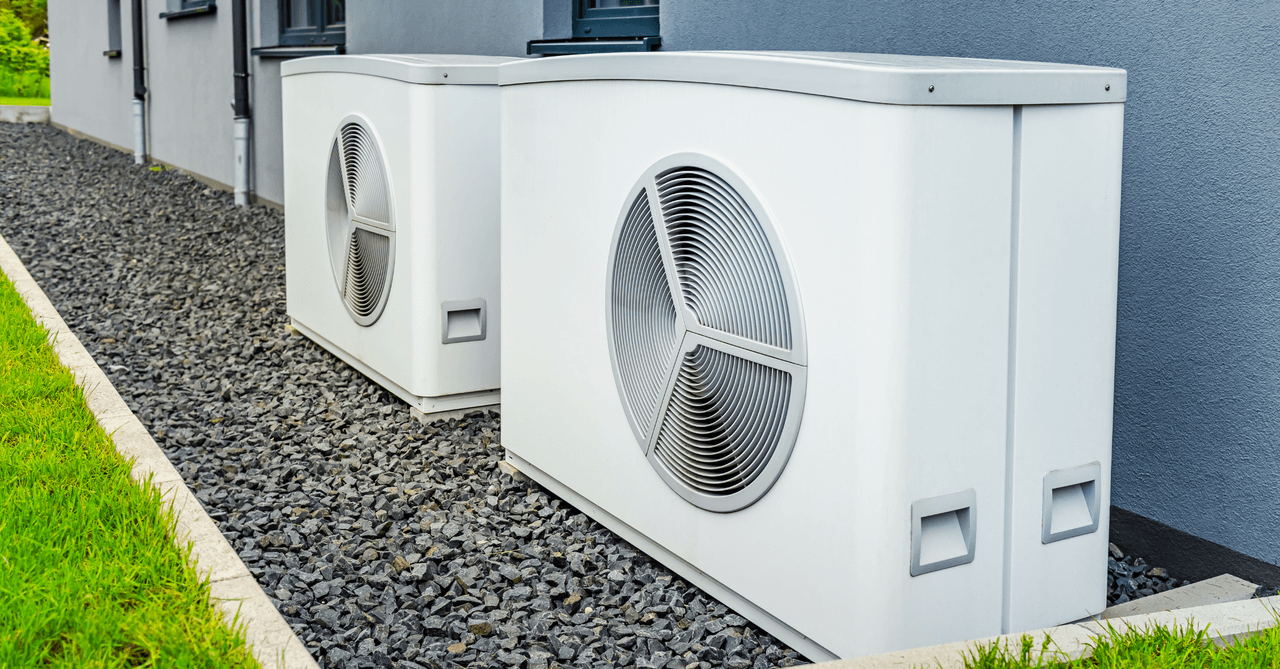
When you live in a region where the winters are long and harsh like they are in Quebec, it’s paramount to choose a heating system that’s not only reliable and efficient but also cost-effective.
In a household, heating bills are indeed a significant expense. For that reason, choosing the ideal system shouldn’t be taken lightly, especially when it comes to installing or changing your household’s heating system.
Selecting an electric heating system will definitely impact your electricity bill, but will also improve your comfort for many years to come. We’ll detail below what factors should be taken into consideration.
How to Choose a Cost-Efficient Electric Heating System
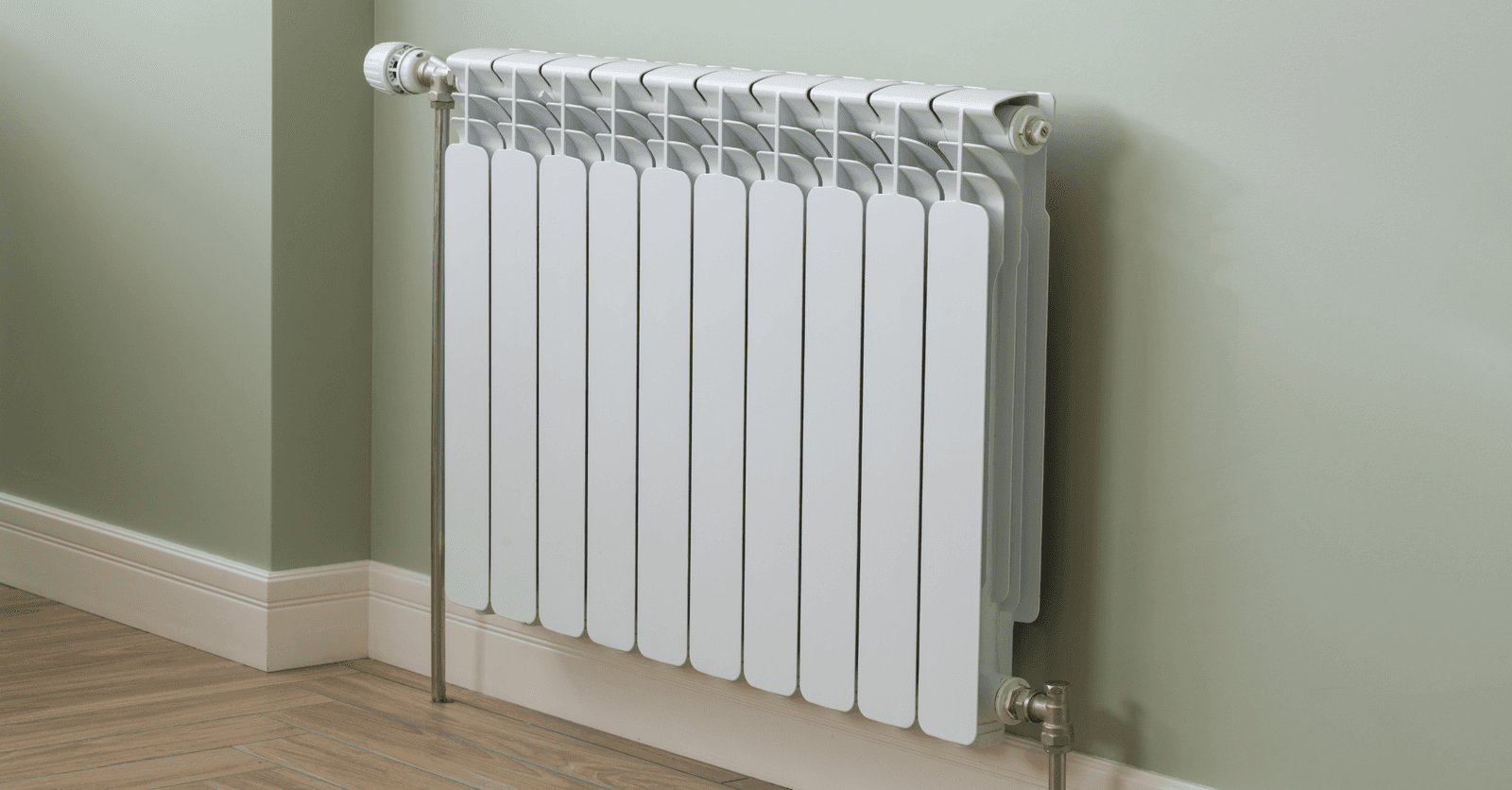
Source: Canva
Immediately, both a system’s retail price and easy installation make it a worthwhile option. However, don’t get too worked up about to idea of financial savings with so-called “cost-effective” heating solutions, as they can often be misleading.
Start by analyzing your needs and the sum you’re willing the invest in a new heating system. Also, consider the size of your home, the number of rooms, the possibility of having ducts installed…maybe even some insulation work done too.
What factors should you consider when purchasing a cost-effective heating system? Look for a heating system that’s energy-efficient, one that will provide the desired level of comfort, and, let’s just be optimistic here, reduce your carbon footprint. Indeed, you’ve read that right, energy-efficient systems are both environmentally- and pocket-friendly! Think about the likelihood of buying a hybrid system.
What’s the most economical electric heating system out there?
Keep in mind that the most efficient system will have to maintain an optimal temperature inside the dwelling, and do so while consuming as little electricity as possible.
Electric Baseboards
The infamous baseboard heaters—safely heating homes since 1976. The heat generated comes from electrical resistance installed within the baseboard system. The elements then cut through the metal plates and transmit heat to these same metal plates, which can then distribute the heat generated through the ambient air, along the walls of a room where the baseboards are installed.
Baseboard heaters are most often installed beneath windows to counteract the cold outside air and radiate a more even heat.
Although there are more effective heating systems, the low retail price of electric baseboard heaters, along with their easy installation renders them a popular electric heating option in Quebec. Also, people especially like the fact that these run on clean and renewable energy.
Electric Furnace and Forced-Air System
You’ll be hard-pressed to find a more cost-effective solution than an electric furnace and this appliance is as simple as it gets. It warms up the air to then distributes it throughout the home’s heating ducts. It’s safe and easy to install and allows for an air conditioning system to be implemented. Once installed, this electric heating solution requires little maintenance and has a reliable performance for years.
However, it does require a bit of space—you definitely need to have a dedicated space in your basement or elsewhere to install it. Also, it’s best if your home already has suitable ducts, otherwise, you’ll have to account for unplanned renovation fees, which can be quite significant. To ensure an even temperature throughout your home, every room must be fitted with a hot air vent.
In terms of cost-effectiveness, the electric furnace is a worthwhile compromise. It’s probably why it’s found in so many homes. As energy-efficient as it can be, it’s still not considered the most cost-effective system out there. However, its lucrative factor does extend to its relatively decent electricity rates.
A fan-forced electric furnace swiftly generates comfortable and even heat throughout the whole of the home. The desired temperature can be altered at a moment’s notice and the system can easily be programmed to suit the days of the week, whether it be daytime or nighttime.
Heat Pump
Rather than creating heat, like most heating systems, a heat pump collects and redistributes it throughout a space.
You may have overlooked this fact, but a heat pump is rather an expensive purchase and installation, and the repair bills are more than likely to send a shiver down your spine. Prices can vary according to the unit’s power and installation characteristics.
Its decent efficiency aside, heat pumps are among the heating systems that can reduce your heating costs.
However, note that you’ll likely need a space heater when temperatures dip to Siberian-like conditions (under -28 degrees Celcius). Yet, paired with another type of electric heating, a heat pump is a cost-effective way to heat your home, and it can also serve as an air conditioner.
Other Home Heating Systems
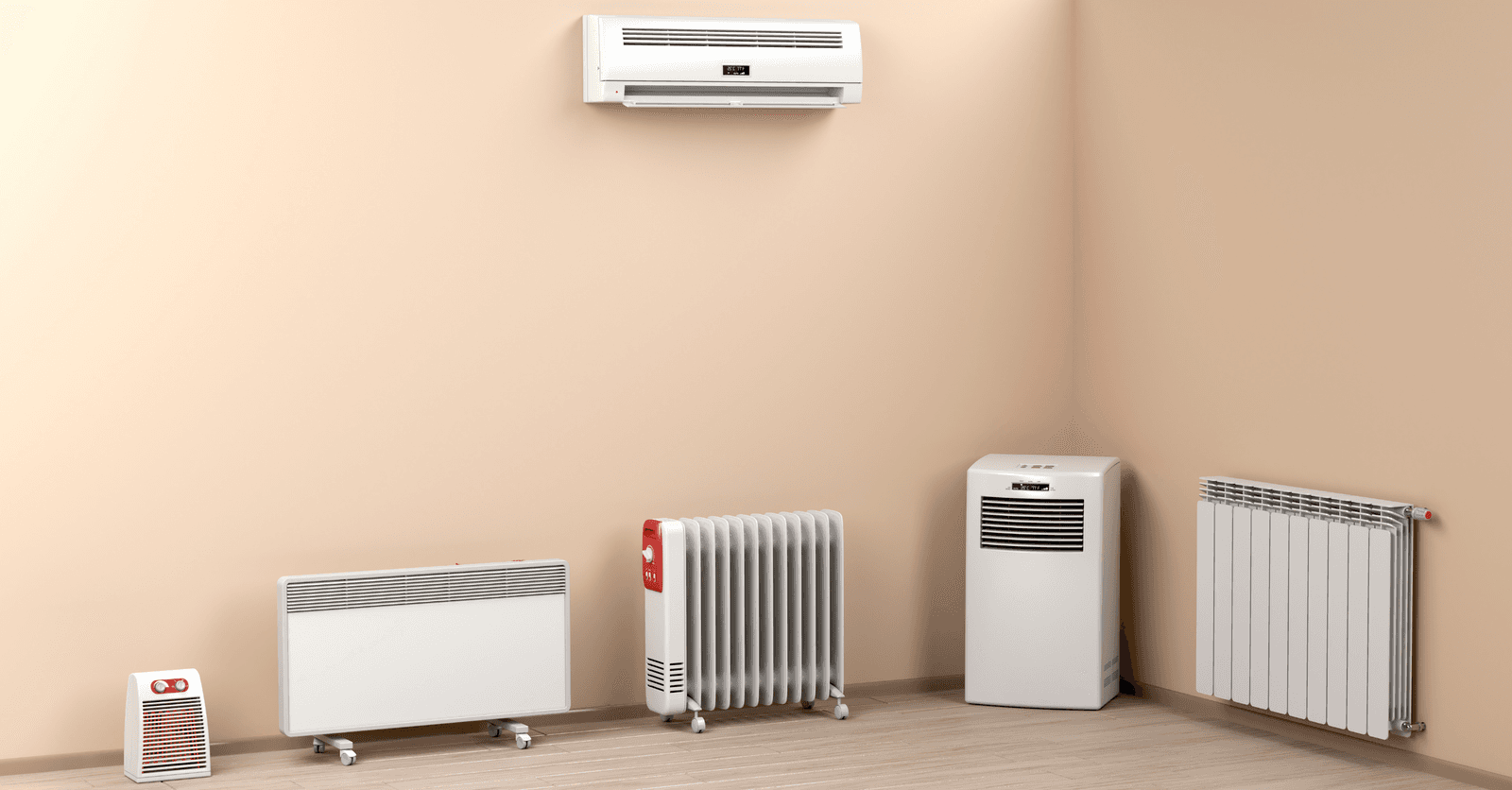
Source: Canva
Electric Radiators
Electric radiators are most often used in mild-climate regions, or as a space heater. They can be used in areas that are harder to heat. Electric radiators are both easy to install and use and can be a really good way to bring additional heat into your home.
Electric radiators are designed to swiftly accumulate heat and distribute it in a room via radiation, in a continuous, and surprisingly even, fashion. Furthermore, new-generation electric radiators are, for the most part, equipped with an energy-saving setting, which fixes the issue that’s most often brought up in regard to these systems.
Here are the different types of electric radiators available on the market:
Electric convectors
Radiant heaters
Inertia radiators
Double-core inertia radiators
Inertia units allow you to save between 25% to 40% compared to electric convectors. Once it reaches the requested temperature, most units will go into pause mode, while still radiating heat, without consuming more energy.
What's the best solution when there’s no central heating system? Space/Portable Heaters
True to its name, electric space heaters are used as an additional heat source, paired with a traditional heating system. These are especially useful in common living areas during spring or fall when a central system isn’t yet needed.
Space heaters are also practical when looking for swift heating, like in your bathroom post-shower. Since they’re most often portable devices, they meet numerous needs when moved from one room to the next.
There are so many models available, hitting almost all price points. Keep in mind that, for a system to be considered cost-effective, it must be used occasionally and for a limited period of time.
Wall Heaters
Convectors are heating devices installed on walls or as built-in units to diffuse heat. When they aren’t used as space heaters (in a bathroom for example), they’re often installed near doors, much like baseboard heaters are positioned under windows.
Besides, if you plan on using the convector often like you would an electric baseboard heater, their functioning isn’t quite the same. A convector distributes warm air in a room, circulating it as evenly as possible.
Convectors are rather cheap, purchase-wise, and easy to install. Even built-in models are usually inexpensive to install. If they weren’t as energy-intensive, they would definitely be a worthwhile option, but they can’t be labelled cost-effective if used often.
Radiant Floor Heating
Unlike what you might be led to believe, radiant floor heating systems aren’t limited to luxurious homes. Nowadays, there are definitely more budget-friendly options suitable for various settings.
We’re not going to lie, installation can be rather costly. However, it’s a real treat, comfort-wise. This heating system produces an even and extremely comfortable heat.
This heating system is concealed beneath your flooring and allows you to benefit from your floor space entirely. It’s noiseless, odourless, and emanation-free. Despite its cost, radiant floor heating is definitely paving the way.
Cost of Electric Heating Devices
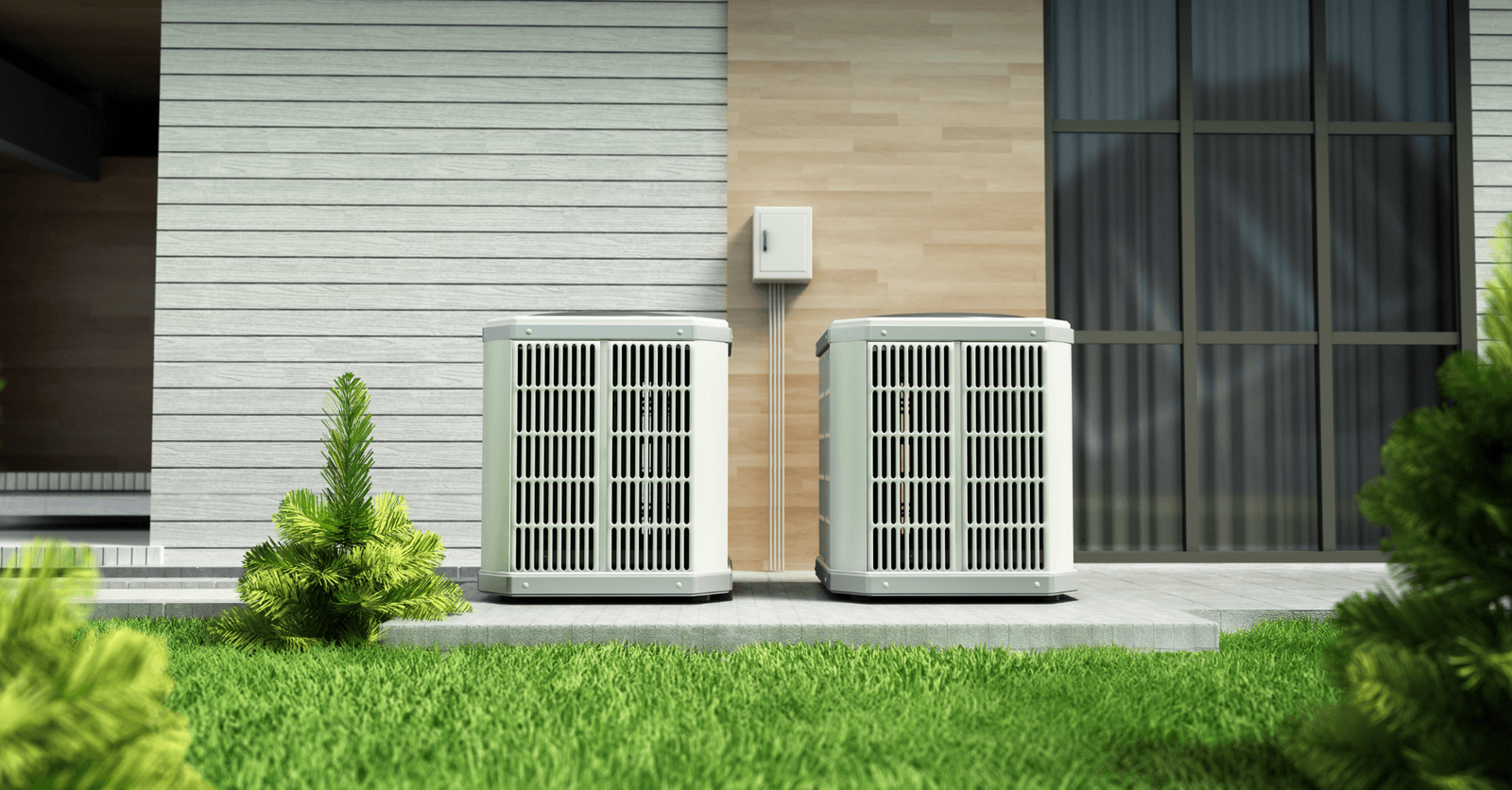
Source: Canva
An electric furnace retails between $2,000 and $4,000 (provided that the ducts are already installed).
A heat pump costs between $1,000 and $15,000, based on its capacity and energy efficiency (plan for a home visit for a cost estimate—this is typically done for free).
Amongst the most budget-friendly electric radiators, the electric convector and the radiant heater can be most appealing, price-wise. However, from a financial standpoint, space heaters are rarely considered cost-effective electric heaters.
Several factors can impact the cost of an appliance:
the chosen model;
the heating device’s power
the heating system’s options (mainly programmable and regulated)
the materials involved in the system’s composition
the brand of appliance
Knowing that, on average, 64% of a Quebec household’s energy expenses are related to heating, one has to truly be knowledgeable as to the different options available.
As previously mentioned, combining a decent retail price with a reasonable installation fee is the reason why electric baseboard heaters are so popular. However, they’re not as efficient as a heat pump, and that’s without accounting for expenses related to their use, which can be quite unsettling.
Retail price is one thing, installation is another. However, saving a few bucks or more isn’t worth much long term when you happen to purchase an energy-intensive appliance that ends up draining your savings.
Verdict: What is the cheapest and most efficient form of electric heating to run?
Whether your electric heating system uses baseboards or an electric furnace, it manages to heat your home efficiently. However, when paired with a heat pump, that’s when it actually gets pocket-friendly and worthwhile. Why, you ask? Simply because a heat pump is the most cost-effective long-term option to heat a home during wintertime.
The upsides of heat pumps definitely lie in the systems’ energy efficiency. Due to the continuous indoor/outdoor airflow, such units are a lot less energy-intensive and allow you to save on electricity bills compared to electric baseboards.
For an identical electricity consumption, a standard heat pump will produce three times the heat compared to an electric baseboard heating system. Albeit the retail and installation costs are much steeper, during its 15-year warranty period, you’ll have plenty of time to profit from your investment.
Looking for something else?
Related articles
The latest industry news, interviews, technologies, and resources.

Collaboration
•12 Jul 2024
Heaters play a crucial role in keeping our homes warm and comfortable, especially during colder seasons. Whether you rely on electric heaters, gas heaters, or other types, proper usage and maintenance are essential to ensure they operate efficiently and safely. However, there are common mistakes that many people make which can compromise the performance of their heaters and even pose safety risks.
Editorial Team
•12 Apr 2024
When residing in Quebec—or anywhere else in Canada for that matter—where temperatures vary greatly, the notion of comfort is, first and foremost, linked to your home’s heating and air conditioning systems.

Christine Simard
•07 Nov 2023
When we talk about retro, the subject can be vast. The term mainly represents modern trends influenced from past eras, whether it be in fashion, interior design, graphic design, etc.
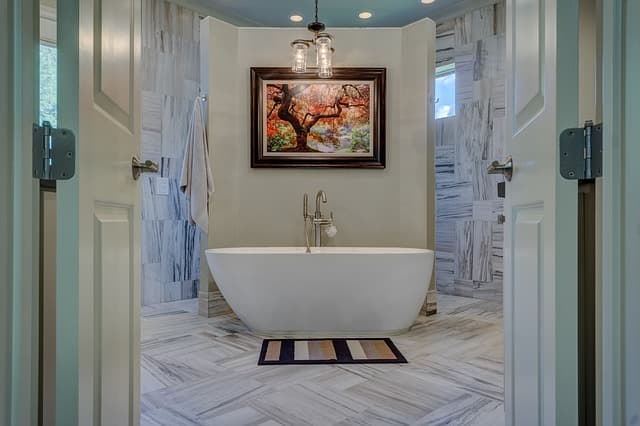
Christine Simard
•04 Oct 2024
Are you shopping for ceramic tiles to spruce up your kitchen, living room or bathroom? Well, you are absolutely right, since ceramic has a charm and an allure that can only enhance the cachet of your home. The choice of styles and colors has never been wider for this timeless material.

Editorial Team
•08 Mar 2024
Aside from the shower, the toilet consumes the most water out of all household appliances. Households with multiple toilets consume gallons of water every day, watching it literally wash down the drain.